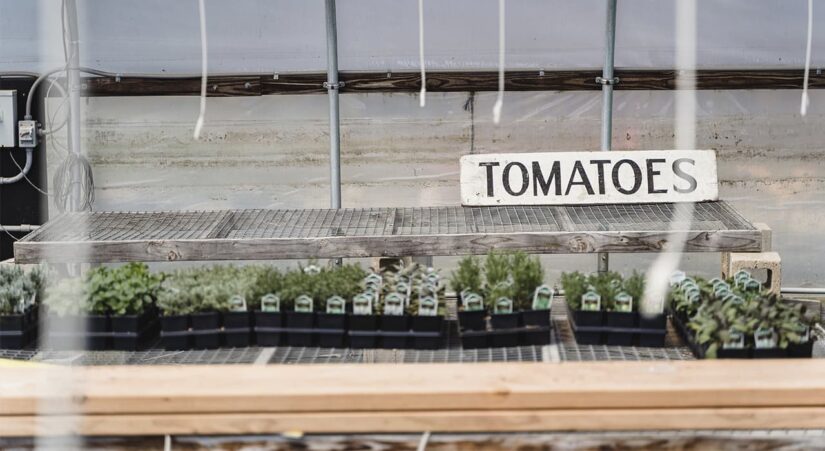What to sow for seedlings in January
January is rightfully considered the beginning of the gardening season. Snow, frost, and a decent amount of time before spring arrives are not a hindrance to those who plan and prepare for the new season in advance.
It is especially important not to forget about sowing crops for seedlings in January that have a long germination period and need to be taken care of in advance. Another category of plants is those from which you want to get an extra-early harvest or flowering, in the case of ornamental crops.
It’s up to you to decide what to sow in January based on your personal preferences. It is important to remember that parsley, dill, cilantro, etc. do not tolerate the seedling method of growing. But sowing them in January is worthwhile at least to get fresh vitamin greens on the windowsill long before they appear in the beds. It is recommended to use phytolamps, which provide optimal lighting conditions and do not allow plants to stretch upwards.
Sowing vegetables
What to plant for seedlings in January is determined by the duration of seed germination and how soon the crop should enter the fruiting period. Another category is seeds of dubious quality, which need to be re-sown in time if they germinate poorly. The most suitable candidates for January sowing include the following crops.
Celery
The slow germination of celery is due to a film of essential oils that repel pests and protect the plant from infections. However, the oils are insoluble in water, so it takes a long time for unprepared seeds to swell and germinate. To improve and accelerate germination, it is recommended to soak the seeds for half an hour in hot water (no higher than 50℃) and immediately rinse them with cold water.
Onions
Planting seeds for seedlings in January will allow you to get a harvest in one season: in July-August, you will harvest onions, and by allocating a separate bed for seedlings, you can organize onion forcing on it. To accelerate seed germination, cook a light paste (2-3 tbsp of starch or flour per 1 liter of water), cool to 40-50℃ and soak the seeds in it for an hour. After that, sow the seeds without drying them.
Tomatoes
For high-quality calibrated seeds of medium and late varieties, no special treatment is required. But if we are talking about early varieties that you plan to grow in a greenhouse and it is important to get the harvest as early as possible, place the seeds in a damp cloth until they swell, so the emergence of seedlings will be significantly accelerated.
